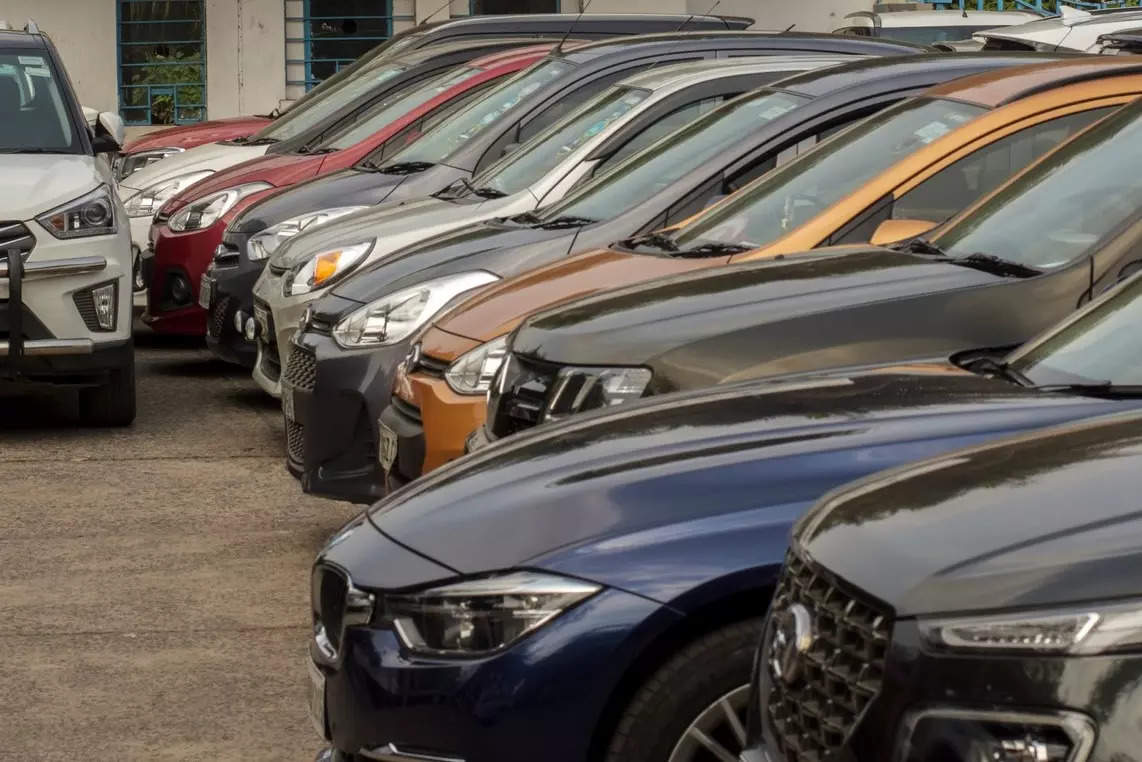
New Delhi: The auto industry seamlessly transitioned to the BS-VI Phase-2 emission norms from April 1, 2023. During Q1 FY 2023-24, the overall automobile industry performed well. Although some sub-segments have shown momentary decline on a year-on-year (YoY) basis, we are positive about the prospects of the auto industry, said Vinod Aggarwal, President, Society of Indian Automobile Manufacturers (SIAM) on Wednesday.
“With expectations of a reasonable monsoon, which has now covered most parts of the country, coupled with falling inflation, we expect the economy to continue to grow. This should help the auto sector. Hence the festive season this year is expected to be positive for all segments. Commodity prices have also moderated in recent months. However, high interest rates remain a concern,” he said.
Passenger vehicle (PV) domestic sales at 9.95 lakh units in Q1 FY24 was the highest ever for the first quarter of any fiscal year. UVs accounted for about 55% of sales. PVs also crossed the 2-million unit mark in the first half of a calendar year for the first time in FY24.
Sales of passenger cars marginally increased to 4.13 lakh units during the quarter compared to 4.11 lakh units in Q1 last year. However, utility vehicle sales grew about 18% to 5.46 lakh units in Q1 FY24, as against 4.64 lakh units in Q1 FY23.
Migration from hatchbacks to the sub-4 meter SUVs is very perceptible. There is no major concern in the PV segment as on the whole it is doing very well, Aggarwal said.
“Based on better prospects, demand has picked up in the rural areas as well. The rain deficit is almost over, monsoon has been very good so far, and farm incomes are expected to be better,” he added.
Looking at the Q1 of the past two fiscal years, Rajesh Menon, Director General, SIAM said that the CAGR for PVs is at 2.66%, which is very low as per the industry average, but at the same time there is a new peak for the PV segment.
The CAGR of two and three-wheelers and commercial vehicles, from the past six years is still negative.
Two-wheeler sales marked a YoY growth of 11% at 41.4 lakh units in the April-June 2023 period, still lower than the 2016-17 levels. EVs contributed about 4.5% to the total two-wheeler sales.
Scooter sales during the quarter grew 7% to 12.98 lakh units as against 12.07 lakh units in the corresponding quarter of the last fiscal year. Driven by the demand for the premium category, motorcycle sales clocked 27.37 lakh units in Q1 FY24, compared to 24.05 lakh units in Q1 FY23, marking a growth of 14%.
SIAM President said two-wheelers are price sensitive, so high interest rates and significant increase in prices owing to regulatory norms impacted the consumer sentiment in this segment.
“We expect the rural economy to do better and it would be positive for the overall two-wheeler segment as well,” he said.
From this month, country’s largest two wheeler maker Hero MotoCorp increased the prices of specific models in its portfolio by about 1.3%. The company had hiked prices of its vehicles by 2% in March this year.
About the EV market, Aggarwal said that the continuation of FAME subsidy will help the industry to grow.
(The passenger vehicle data do not include sales of BMW, Mercedes, JLR & Volvo Auto, and that of the commercial vehicles do not include sales of Daimler, JBM Auto and Scania.)
Three-wheeler segment is also lower than 2018-19 levels, however it marked a YoY growth of 89% compared to Q1 FY23. According to Aggarwal, growth in the three-wheeler segment has primarily been driven by the sales of passenger carriers. “Sales in this category had dropped earlier due to COVID-19, but it has revived owing to the requirement of covering short distances in the country.”
He noted that the commercial vehicles at 2.17 lakh units in Q1 FY24 have shown a mixed performance. Sales for light and medium duty trucks dropped, but passenger carrier M&HCVs (buses) have grown about 40% YoY.
However, Aggarwal added that the 3% dip in sales during the quarter is not a matter of concern as the CV industry is directly linked to the growth in the economy, and the overall economic fundamentals in the country remain strong.
The Goods and Services Tax (GST) Council on Tuesday said the definition of an SUV will include only the length (4 metres and above), engine capacity (1,500 cc and more), and ground clearance (unladen ground clearance of 170 mm and more).
When asked about its impact on the industry, SIAM said it is yet to see the detailed notification and study its implications.














